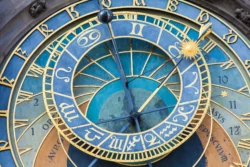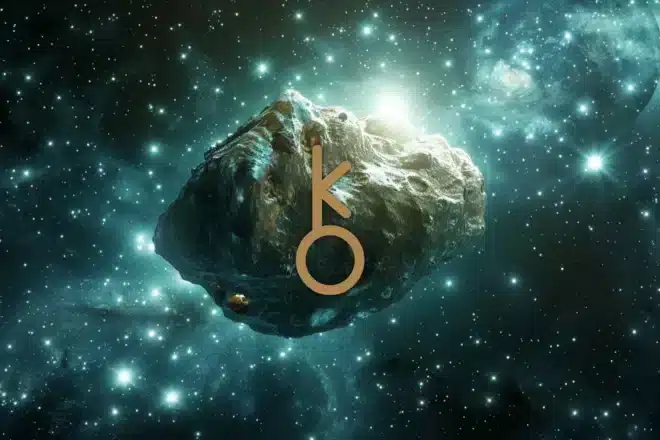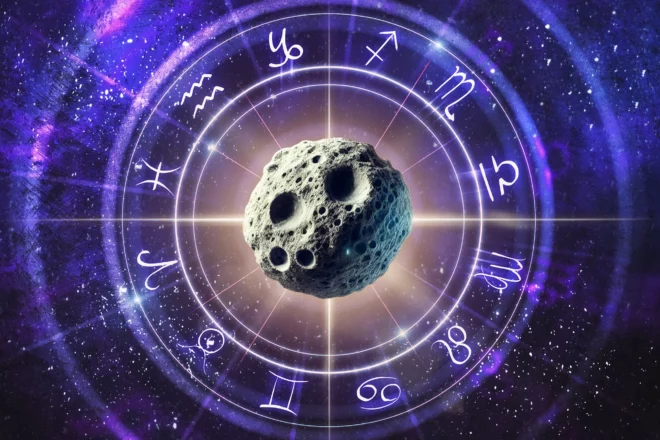Have you ever wondered how astrologers can predict future events? Using astrology to forecast the future is complicated, and there are four main methods generally used in astrology to predict different events and occurrences within a person’s life.
The 4 main astrology forecasting methods in Astrology are Transits, Secondary Progressions, Solar Arc Directions, and Solar Return charts. Let’s check them in detail.
The 4 Main Astrology Forecasting Methods
Below we will discuss what these prediction methods are in detail, how they work, and what you need to start using astrology to determine what you might experience in the future.
Next after this publicity
To use any astrology forecasting techniques, you will require your birth date, time, and place, as your birth chart will be the basis from which all the predictive astrology charts will be erected.
1. Transits
The term “Transits” refers to the transiting planets in our solar system. The planets orbit around the sun; however, the time it takes each planet to complete an orbit varies.
Therefore, each planet has a unique cycle, known as the “Transiting planet’s orbital period.” While the planet moves through its cycle, it will come into different aspects with the planets in our natal chart.
The planets a planet comes into aspect within our natal chart while it is on this cycle will be the indicators of significant events and occurrences.
Each time a planet completes a cycle in our transit chart, it will begin a new cycle. Thus, it is said we will repeat the same cycle concerning that planet. Similar events happen in each planetary cycle, and thus we can identify a pattern.
Next after this publicity
Some planets will complete more cycles within our lifetimes, such as Mercury and Mars, and some planets, like Neptune and Pluto, will not complete a cycle but merely move through a particular section in our chart in our lifetime.
The cycle we are mainly aware of is the cycle of the moon, which lasts 28 days. When the moon is full, or when it is a new moon, we will experience specific changes in our emotions based on the aspects of the moon to our natal planets.
Similarly, all the planets have a cycle like this. We can map out the ups and downs, positive and challenging experiences by observing these cycles and observing where the current transiting planets are in relation to our natal chart planets.
Transits form the basis of astrology forecasting and predictive astrology. Transits can be used alongside the natal (birth chart), a progressed chart, a solar arc, or a solar return chart.
2. Secondary Progressions
A progressed chart does not take into consideration the current movements of the planets. In a progressed chart, you progress the natal chart one day for each year the native has been alive.
Each planet has its own pace it moves on a daily basis. For example, the sun moves one degree each day, and therefore, in a progressed chart, you can expect your sun the move up one degree for each year you have been alive.
Next after this publicity
The sun changes signs every 30 degrees, and this points to the fact that our core identity changes and evolves as we grow older. For example, if you were born with the sun at 28 degrees Libra, by the age of 2, your sun would’ve progressed into the 1st degree of Scorpio, meaning you have a progressed Scorpio sun with a natal Libra sun.
Each planet progresses at its own pace, and observing these progressions is beneficial in understanding your core personality at different points in your life.
A progressed chart is a wonderful indicator of your fears, wants, and desires at a certain point in your life, what your emotional space will be like, and where your primary focus will be.
In a progressed chart, it is mainly the Sun, Moon, Mercury, Venus, and Mars that are observed. The outer planets rarely change signs or houses in the progressed chart, as they have a significantly wider orbit, however, it does happen, and when it does, it has a strong influence on the native.
3. Solar Arc Directions
A Solar Arc Direction chart is similar to a progressed chart. However, in a Solar Arc chart, instead of adding a day to the natal chart for each year you are alive, you observe the solar arc of the sun and shift the entire chart in the solar arc direction one day for each year you have been alive.
In a solar arc chart, both the inner and outer planets change positions more often, as opposed to mainly the inner planets changing positions in the progressed chart.
In Solar Arc as well as a Progressed chart, the years that a planet changes signs or houses is a highly significant year for the native.
However, in a Solar Arc Chart, the planets change signs and houses more often, which is said to lead to a more accurate method of astrology forecasting that encapsulates much more detail than a progressed chart.
In a Solar Arc Chart, every planet and all the angles move forward each year depending on how the sun has moved. Therefore, observing the aspects between the Solar Arc planets and your natal planets is essential, as this can indicate important events and experiences in your life.
4. Solar Returns
A Solar Return chart is a chart that gets calculated once a year on your birthday. When the sun returns to the position your natal sun is in, a Solar Return Chart is created based on the position of the planets, sun, and moon on your birthday that year.
A Solar Return chart indicates what you can expect for that upcoming year. It is a wonderful astrology forecasting tool to use to be aware of your strengths and weaknesses when engaging with certain events and experiences in life during a particular year.
The Solar Return chart also highlights which areas in your chart are more active and which planets will significantly impact you during a specific year.






































